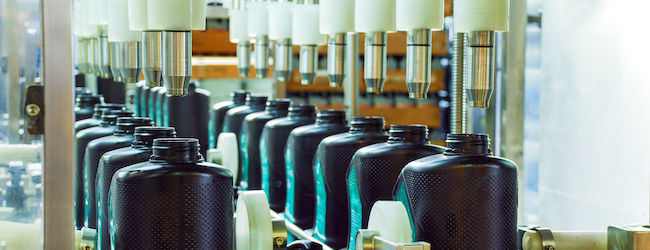Explosive Atmospheres

Explosive atmospheres are generally defined as the presence of flammable gases, vapours, mists or combustible dusts. Sufficient quantities mixed with air require only an ignition source to cause an explosion, which can result in serious injuries, loss of life and physical damage1.
Sources of explosive atmospheres include the use of solvents, flammable gases, substances corrosive to metal, handling and storage of flammable wastes, transport of flammable substances and the use of pressured, flammable gases. Many workplaces across a wide variety of industries contain explosive or potentially explosive atmospheres, or involve activities that produce such atmospheres2. Examples include paint spraying in the motor vehicle or furniture industry; chemical, petrochemical or oil and gas industries; or workplaces handling fine organic dusts, e.g. sawdust or grain flour, such as in food processing industries.
Ignition sources can include sparks, flames, electric arcs (prolonged electrical discharge in gas), electrostatic discharge, high surface temperatures, acoustic energy, optical radiation and electromagnetic waves. Sparks can be of electrical or frictional origin.
The more frequently or the longer duration that these flammable products are present, the greater the risk and the more dangerous it is1. Explosion risk is a combination of the probability of an explosion occurring and the severity of its expected consequence.
This is why using the correct electrical and electronic equipment for the application in such areas is of utmost importance. Minimising releases of dangerous substances as well as eliminating ignition sources are widely used in mitigating explosion risk1,3,4.